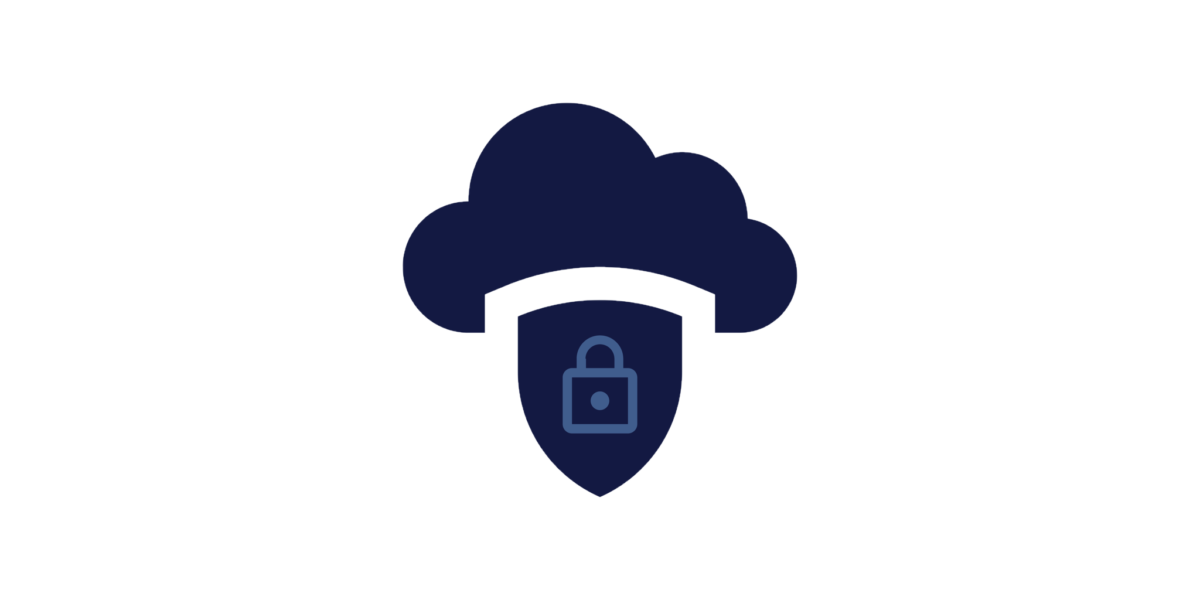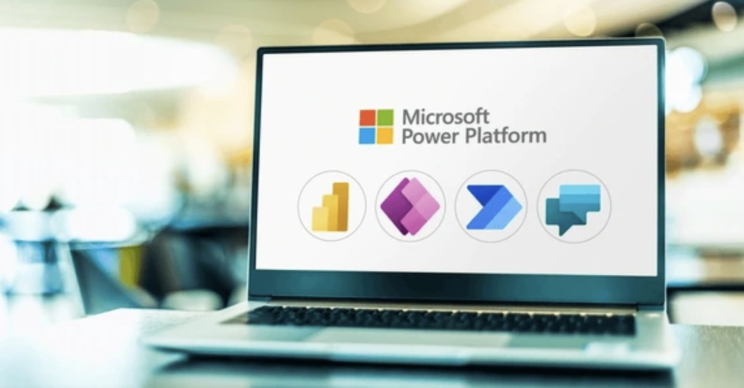The most beneficial way to avoid a security breach is to be knowledgeable of the risks surrounding the activity. While the technology surrounding cloud migration is well-understood, this doesn’t mean that risks aren’t a real possibility. If not careful, companies can put their data and applications in an extremely vulnerable state. However, there is no need to start panicking! Bravo can help your organization examine the risks and mitigation strategies to ensure your organization will be on strong footing for a secure cloud migration.

The Basics of Cloud Migration
Before we can begin examining the risks and best practices of cloud migration, let’s recap all that cloud migration entails and the surrounding benefits. Cloud migration is the process of moving applications, data, or whole enterprise’s IT infrastructure to a remote server facility and virtual environment. There are 3 types of clouds: public, private, and hybrid. A public cloud is one operated by a third-party cloud service provider, who’s computing resources are delivered over the internet. The cloud provider owns and manages all hardware, software, and other supporting infrastructure. On the other hand, a private cloud offers cloud computing resources to be exclusively owned by a single organization. A business may pay a third-party service provider to host their private cloud. Lastly, a hybrid cloud is a combination of the two. The combination of public and private clouds allows data and applications to be shared between them. This can offer greater flexibility and optimize an organization’s existing infrastructure.
There are a vast number of benefits when it comes to migrating to the cloud. Firstly, it’s faster. With self service and on demand capabilities, computing resources can be provisioned in minutes. On top of this, it’s cheaper. In addition to the cost buying, setting up, and running hardware and software on on-site datacenters being eliminated, the cloud offers a pay-as-you-go model. A good example of this is Microsoft Azure, which gives clarity on transaction costs and provides easy automation to start/stop VM’s around your business hours to reduce costs even further. This allows organizations to only pay for what they use. The cloud also provides better functionality. Cloud computing services are regularly updated and run on a worldwide network of secure datacenters. This puts your organization in a much better standing security-wise. Lastly, the cloud is more reliable for backing up data and recovering anything lost. Convinced yet? The cloud is a monumental shift in the way many organizations operate, but with these benefits come a few risks worth discussing.
Risks
Visibility & Control
One major risk surrounding cloud migration is not having clear visibility. Because some aspects of control are given up when moving to the cloud, this can cause blind spots. This is due to the cloud service provider taking on responsibility for a few policies. Visibility impacts network and app functionality, making it a crucial part of cloud migration. Visibility is posing a major issue for some organizations. A report found 95% of (responding) companies struggle with visibility issues that have caused network or app performance problems. 38% say inadequate visibility is the main factor in app outages and 31% claim it in network outages. Visibility issues can also occur by oversight from companies themselves due to cutting corners or not knowing their data. This can be easily avoided if organizations are responsible in taking inventory of what’s being migrated to know the full scope of their data. Given this, it’s clear not having clear visibility can pose a threat to organizations. One way to help with this is to check what security your cloud provider offers and learn what third-party security solutions can complement it. Here at Bravo, we have years of experience implementing third-party solutions that can help with automatic responses to threats and alerts, lessen the learning curve, and provide strong analytics. To learn more about what solution might be best fit for your organization, fill out the form at the bottom of this blog post for a consultation!
Cloud Costs
As mentioned before, cloud providers typically offer a pay-as-you-go model. While this provides many benefits to an organization, it also brings the risk of unmanageable costs. These pay-as-you-go models can be tricky and hard to monitor. According to Gartner, 70% of cloud costs get wasted. These sunk costs can happen when you try and simplify a migration; it’s important to keep in mind that no one migration is the same. This could lead to an under or overestimate of what might be needed. There is a variety of services that an organization will need to pay for including computing, data transfer, and storage. While cloud vendors will provide the solutions, without having much experience, organizations can struggle in choosing a plan that is best for them. They’re often unsure of what they will require to perform best. All in all, the risk with cloud costs is not knowing exactly what you need, inadequate policy measures, and user management. In this case, contacting an expert, like Bravo, can help to optimize cloud costs. This will better prepare you for the future and ultimately save you money in the long run.
Data Transfer
The cloud is a great tool in backing up and recovering data. All data transfers occur over encrypted channels with careful management of encrypted keys. Transferring data can bring about insider threats, accidental errors, external attacks, malware, misconfigured servers, problems on the side of the cloud provider, contractual violations, compliance breaches, and insecure APIs. On top of this, during the migration process data loss can be a real risk to companies. Data loss can occur due to anything from a security violation to a power outage at a data center. Errors such as these during the migration process can put an organization’s data at risk of being lost. One helpful tip to prevent against data loss is to back up your old system in advance, so if a file goes missing it can be recovered. An issue many companies are facing is that most cloud providers leverage a shared responsibility model. This means if data is lost, the cloud provider isn’t at fault. This is why Bravo recommends using a third-party backup & recovery solution to protect your business-critical data. Additionally, using a cloud provider who makes security their top priority, such as Azure, can help mitigate security risks.
Mitigating Cloud Migration Security Risks
While the above risks may feel daunting, they are manageable with careful monitoring. One of the number one things you can do to help lessen risk is to establish a set of security standards and criteria. Ensure this covers access control, IaC templates, cloud workload vulnerability management, and secure DevOps procedures. Furthermore, follow compliance guidelines. These guidelines such as NIST or CMMC are in place to guide you down the right path in securing your data. In these cases, a hybrid model may be needed for data to be successfully transferred. It’s common to use a hybrid model when data cannot be transferred due to regulatory measures. In addition to following compliance standards, an important security guideline is to enforce multi-factor authentication. This is a necessary step at all stages of cloud migration. Multi-factor authentication reduced the risks of unauthorized access to administrator accounts and sensitive data.
Working with an experienced migration consultant to develop a strong cloud migration strategy will help you navigate these ins and outs of cloud migration while also making sure you’re keeping track of your data. This could be deciding what to migrate and what not to migrate to the cloud. It also could be deciding if and which cloud provider you’d like to choose. Something to help with this is Cloud Security Posture Management (CSPM). CSPM is a way to monitor for misconfigurations and immediately remediate them. This is a key way to track many cloud assets during all stages of migration. CSPM not only monitors the migration process but ensures that proper security measures and compliance standards are being followed. Additionally, cloud-wide logging will create a baseline of system behavior during the migration process. A central collector will analyze the logs and monitor for security incidents. This simplifies the migration process while adding an extra security buffer.
Given all of this information, the number one recommendation we can give to an organization looking to migrate to the cloud is to consult an expert, such as Bravo. This will create an easier and more thorough migration process while also ensuring your data and applications are in a secure environment. Bravo also considers the employees behind the migration. With our Adoption Change Management strategies, the learning curve for the cloud will be lessened for employees your cloud adoption will be a success. When fully migrated, employees will feel confident in their abilities to navigate the cloud. This is key in strengthening your security posture. There is never a better time than the present to migrate to the cloud.
Ready to switch to the cloud? Fill out the form below to get in contact with one of our experts!











